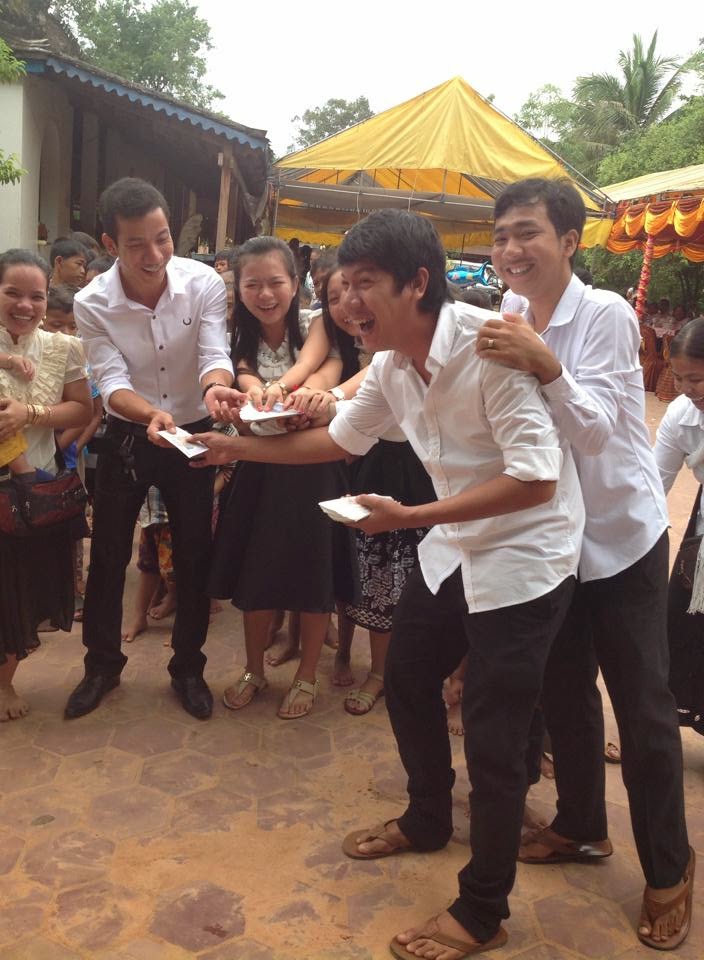
Almost all hotels are located in or near Siem Reap Town. There are none within the park. With the exception of Roluos 13km east, the most important temples in the area lay 4-15km north of town, the closest being Angkor Wat. To visit the temples you will need to decide how long to stay, purchase an admission pass, arrange transportation and obtain a guidebook or tour guide.
Park Admission
You must possess an admission pass to visit the temples and sites in the Angkor Archaeological Park. All passes can be purchased at the main entrance on the road to Angkor Wat.
Passes are sold in one-day ($20), three-day ($40) and seven -day ($60) blocks. The three day pass is valid for one week, i.e. 3 days to be used within the week, not necessarily consecutively.
A one-day visit allows you to see highlights of the most famous ruins but little more. Three days is sufficient to visit all of the major temples, a few of the minor ones and have a little extra time for favorites. Seven days is enough to really explore some of your favorites and visit many minor structures as well.
The admissions office opens at 4:30AM. Park visiting hours are 5:00AM - sunset. Banteay Srey closes at 5:00PM and Kbal Spean at 3:00PM. Always carry your ticket. It will be checked upon each park entry and at major temples. A regular admission ticket is not required to visit Phnom Kulen, Koh Ker or Beng Melea but there are separate entrance fees of $20, $10 and $5, respectively.
What To Bring
Dress for a tropical environment-warm, humid, sunny. Wear light, airy, covering clothing to protect from the sun and mosquitoes. The sun can be intense so bring a hat, sunglasses and sunscreen. Consider buying a traditional Khmer scarf (krama) to keep the sun off your neck. Carry a raincoat during the wet season (May-October), though you will probably only need it in the afternoon. You should have mosquito repellent for sunrise and sunset hours. War practical shoes for climbing narrow steps and walking on uneven surfaces. For serious temple explorers, a flashlight, notebook and compass can come in handy. Books, refreshments, water, trinkets and snacks are available from small vendors throughout the Park.
Transportation
The temples are too far apart to make foot travel practical (though some hearty visitors are hiking it anyway). Transportation options include: two-person tuk-tuks (moto-romauk) average $10-$15/day, car taxis $20-$3-/day, motorcycle taxi (motodup) for $8-$10, bicycles for $2-$5/day.
To avoid misunderstandings, negotiate the details of the driver's services carefully - exact price, what time you expect the day to begin and end, availability during lunch and evening hours, limitations on your itinerary, different prices for small/large circuits, etc.
There are always additional fees for transport to distant temples off the main circuits (e.g. Banteay Srei, Phnom Kulen, Kbal Spean, Koh Ker.)











